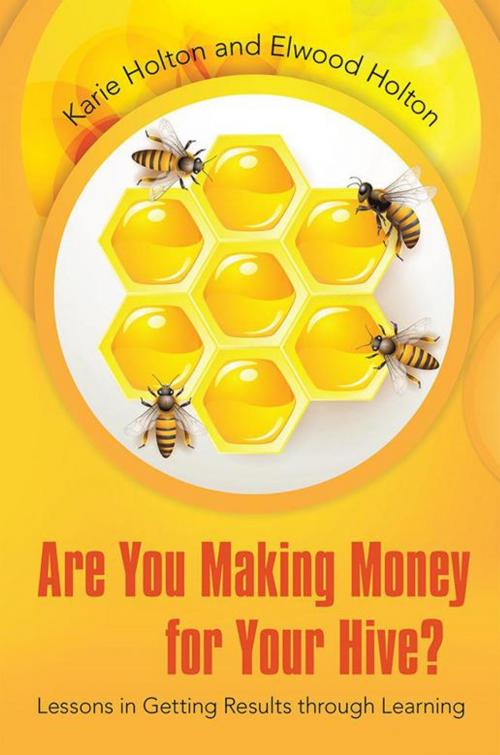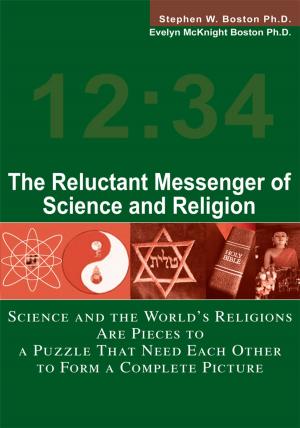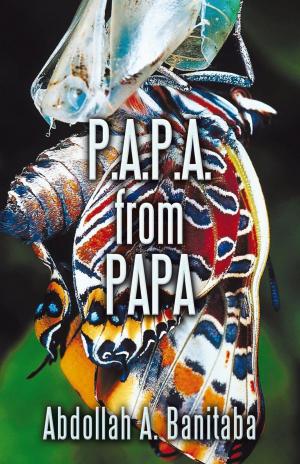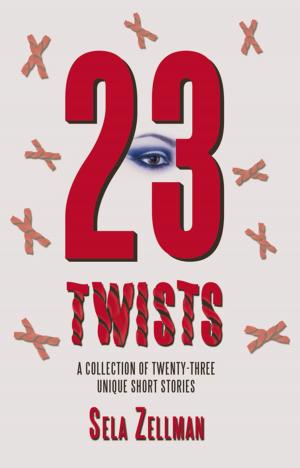Are You Making Money for Your Hive?
Lessons in Getting Results Through Learning
Business & Finance, Business Reference, Education, Human Resources & Personnel Management, Training| Author: | Karie Holton, Elwood Holton | ISBN: | 9781491732649 |
| Publisher: | iUniverse | Publication: | April 18, 2014 |
| Imprint: | iUniverse | Language: | English |
| Author: | Karie Holton, Elwood Holton |
| ISBN: | 9781491732649 |
| Publisher: | iUniverse |
| Publication: | April 18, 2014 |
| Imprint: | iUniverse |
| Language: | English |
Millions of employees attend some type of training or learning event during their tenure. Unfortunately, only 10 to 30 percent of what they learn will actually be applied in their work, presenting a situation referred to as a learning transfer problem. In Are You Making Money for Your Hive? authors Karie Holton and Elwood Holton illustrate how businesses can make learning really work to get real results. Focusing on learning transfer, this fable is told through the eyes of Buzz and Buster, two honey bees from different hives. Buzz uses learning to produce honey; as a result, he and his hive mates enjoy a prosperous and productive life. Buster, on the other hand, looks around and sees plenty of honey in his hive and ignores the need to learn how to make more. Eventually, his hive runs out of honey, and nobody knows what to do. Buzz teaches Buster how to collect nectar from flowers to make honey so that he can do the hard work necessary to save his hive. Sharing a set of principles and practices to get results by applying learning on the job, this guide communicates how a strong commitment to learning transfer can make a real difference in your business or organization.
Millions of employees attend some type of training or learning event during their tenure. Unfortunately, only 10 to 30 percent of what they learn will actually be applied in their work, presenting a situation referred to as a learning transfer problem. In Are You Making Money for Your Hive? authors Karie Holton and Elwood Holton illustrate how businesses can make learning really work to get real results. Focusing on learning transfer, this fable is told through the eyes of Buzz and Buster, two honey bees from different hives. Buzz uses learning to produce honey; as a result, he and his hive mates enjoy a prosperous and productive life. Buster, on the other hand, looks around and sees plenty of honey in his hive and ignores the need to learn how to make more. Eventually, his hive runs out of honey, and nobody knows what to do. Buzz teaches Buster how to collect nectar from flowers to make honey so that he can do the hard work necessary to save his hive. Sharing a set of principles and practices to get results by applying learning on the job, this guide communicates how a strong commitment to learning transfer can make a real difference in your business or organization.















